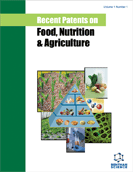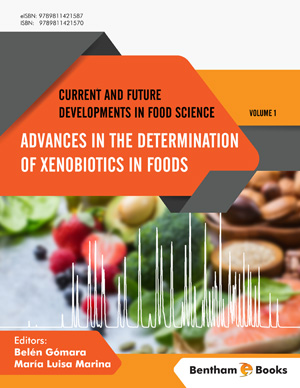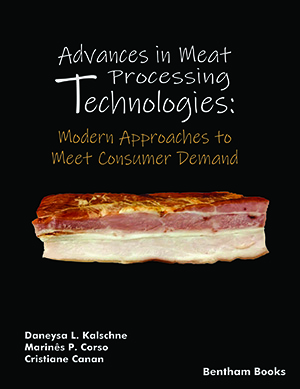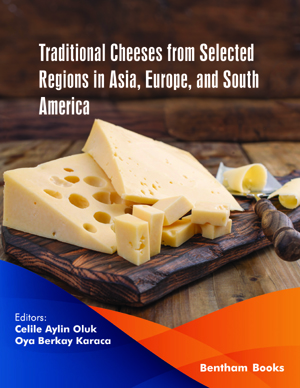Abstract
Food analysis demands are mandatory from quality, safety, and
authentication point of view, and there is an increase in analytical activity in both the
control laboratory and research and development. This chapter presents the current
state-of-the-art of Green Analytical Chemistry and its main strategies for improving the
sustainability of analytical methods, reducing their environmental impact, and offering
solutions to the needs that arise from food analysis. Direct analysis is presented as the
ideal method that avoids the use of solvents or reagents and the generation of waste.
Miniaturization, automation, and the use of sustainable solvents, in addition to reducing
energy consumption, are the basic strategies that allow us to achieve the objectives of
Green Analytical Chemistry. The reduction of single-use plastic laboratory material
and their waste has also been considered an objective for analytical method greenness.
Keywords: Agro-solvents, assisted extraction, Automation, Bio-solvents, Chemical imaging, Direct analysis, Eco-scale, Energy consumption, Food authentication, Food quality, Food safety, Green features, Greenness, Microextraction, Miniaturization, Plastic waste, Solvent consumption.



















